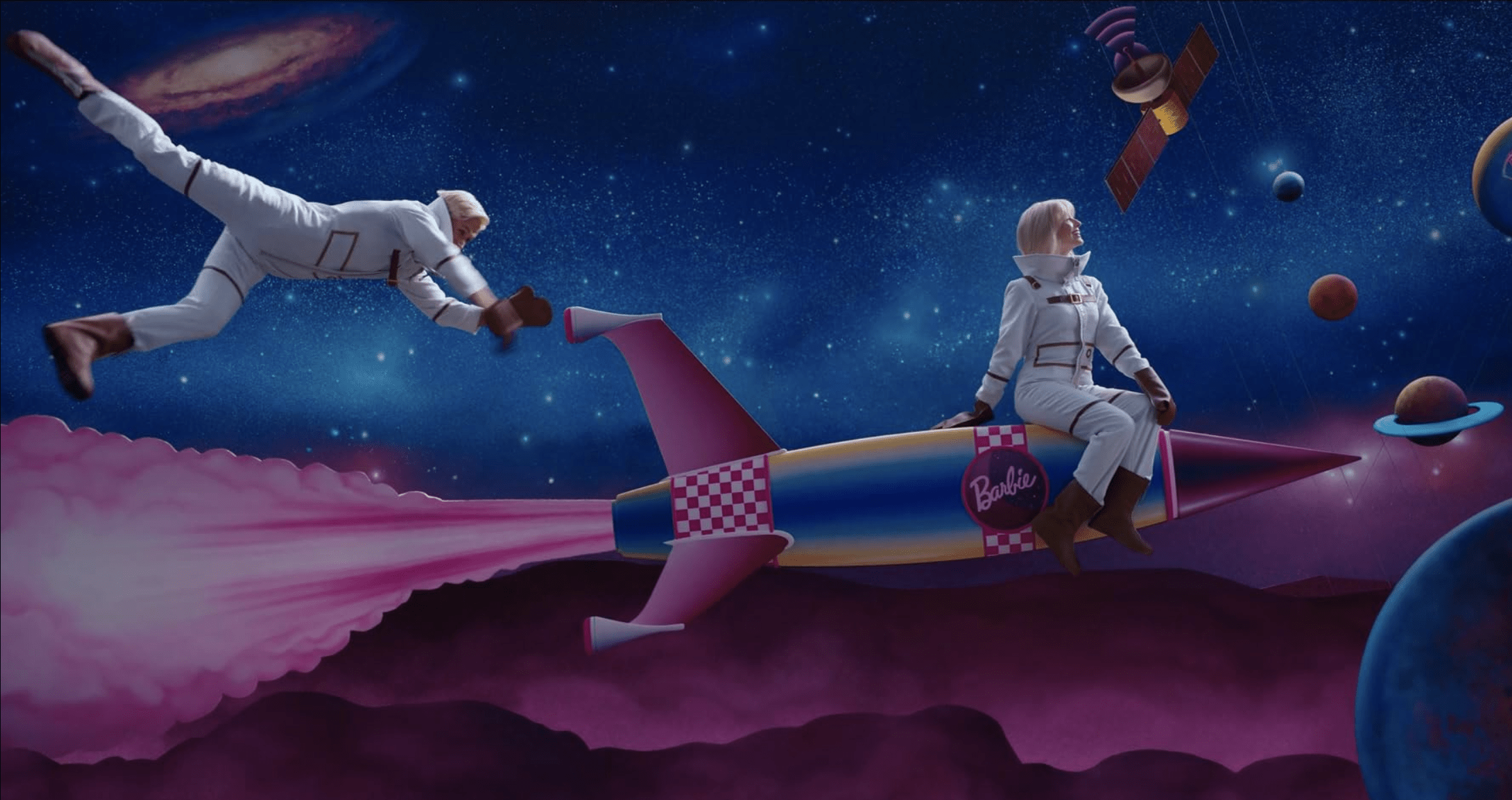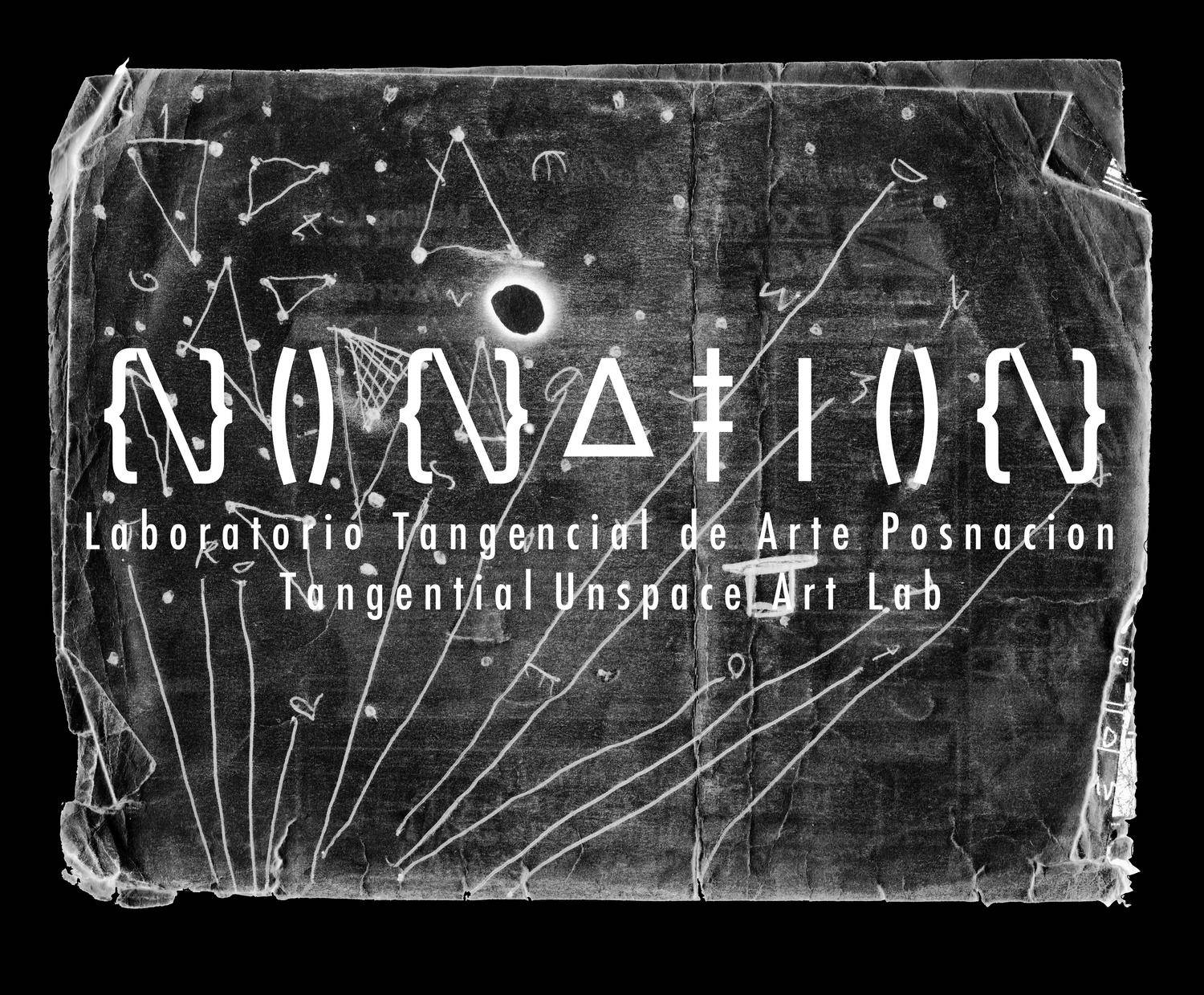
Deeply conscious about the generational effects of the 1947 India-Pakistan partition, Sayera Anwar — a second-year graduate student in the Photography department at the School of the Art Institute of Chicago — expresses a utopian desire to dissolve borders through film, photography, and painting.
The partition has sparked forced migrations, including that of her grandparents. She finds herself frequently visiting the India-Pakistan border and dreaming of a parallel reality in this zone of contention, which reeks of the vicious cycles of retaliation, fear, and nationalism that exist among the two nations. She embraces the indifference of natural to political borders as a philosophy of existing and co-existing.
In the past three years, Anwar has been nominated and selected for artist residencies like the prestigious “Dūje Pāse toñ’’ (From the Other Side), commissioned by the South Asian Canadian Histories Association, and, in 2021, Vasl’s annual artist residency — Taaza Tareen 13 in Karachi, Pakistan. Her work has been shown at the Full Circle Gallery in Karachi (2021), The Reach Gallery, Abin botsford, Canada (2021), and the SITE Gallery, in Chicago (2023).
F Newsmagazine talked to Anwar about how her work is politically charged and a reflection of the environment she grew up in.
Khytul Qazi: Can you tell us about yourself and the kind of work you do?
Sayera Anwar: I work with fabric, sculpture painting, photography, and video art, and my work is often socially engaged. People around me become a part of my work, not only as an aesthetic prop, but also as the driving force of its content.
KQ: What led you to making socially engaged works?
SA: Growing up, I was always looking for “home.” My grandparents migrated from India to what is now Pakistan. As a young girl, I witnessed intercity migration, too, from a small town to the capital city, Islamabad. When I got into art in my early twenties, I discovered ways to explore those parts of my identity and culture. With it being about a family and a small community, it was in its essence, always socially engaged.
KQ: Was there a pivotal moment that inspired your commitment to artmaking?
SA: I would say it was not one moment, but several moments. Making work that I am able to recognize and register at an emotional level makes me feel heard. It gives me a power that I think was lacking before.
KQ: Moving from Pakistan to Chicago for college, how has this change in culture and environment affected your artistic or material choices?
SA: I find myself walking a lot here, and that’s how I develop most of my ideas. Back home it was difficult to exist in public spaces as a woman. So even when I did walk there, it would become an act of rebellion more than anything else. Here in the U.S., walking is purely a part of my artistic inquiry. What I see in my surroundings almost always determines what appears in my photographs and videos.

KQ: Can you talk more about how the environment shapes your work?
SA: Since coming to the U.S., I have tried to keep an open heart and mind. When I get into a process, I go with the idea and not the visualization of a product. Sometimes it’s anxiety-inducing, but I think, at the end, it’s about building a path towards one’s artistic freedom.
KQ: How has your work shown at SAIC been received? Has that affected your practice in any way?
SA: With the diversity of thought at SAIC, I have realized that there are so many ways people are going to be looking at my work. Moreover, people always have individual perspectives. Instead of worrying about how people look at my work, I have started paying attention to how I understand my own work. The more perspectives I gather, the more I learn. I am also trying to give all my attention to the work and what it offers, and not how it is being received.
KQ: Are there any specific projects you’ve done that make you feel close to your country or community?
SA: I think every project I do helps me feel closer to home, as that’s what I’m seeking.
KQ: Since your work has the political inclination, how do you find a balance between the artist and the ideologies you have? Or between the artistic expression and the political message?
SA: Even when I’ve tried to have a pure artistic expression, the world doesn’t let me forget that I’m a Pakistani woman. Now is a balance even possible for people like me? I have one year left until my degree and the anxiety that comes with the uncertainty about my position in this country overpowers all anxieties that come with my artistic inquiry. There is no balance. It’s a constant juggling, a back and forth.
KQ: When people hear the word “Pakistan” next to your work, what do you expect/hope for them to know?
SA: Whenever I look at my work and get appreciated, I’m always thinking of all the talented Pakistani people who do not have the opportunity to show their work, about how they have so much to say but do not get heard. I have this bottle that a local artist made for me. He was the person who painted the truck for Kate Middleton and Prince William’s visit to Pakistan. There are so many artists like him around me who are never seen. And Pakistan is filled with them.







